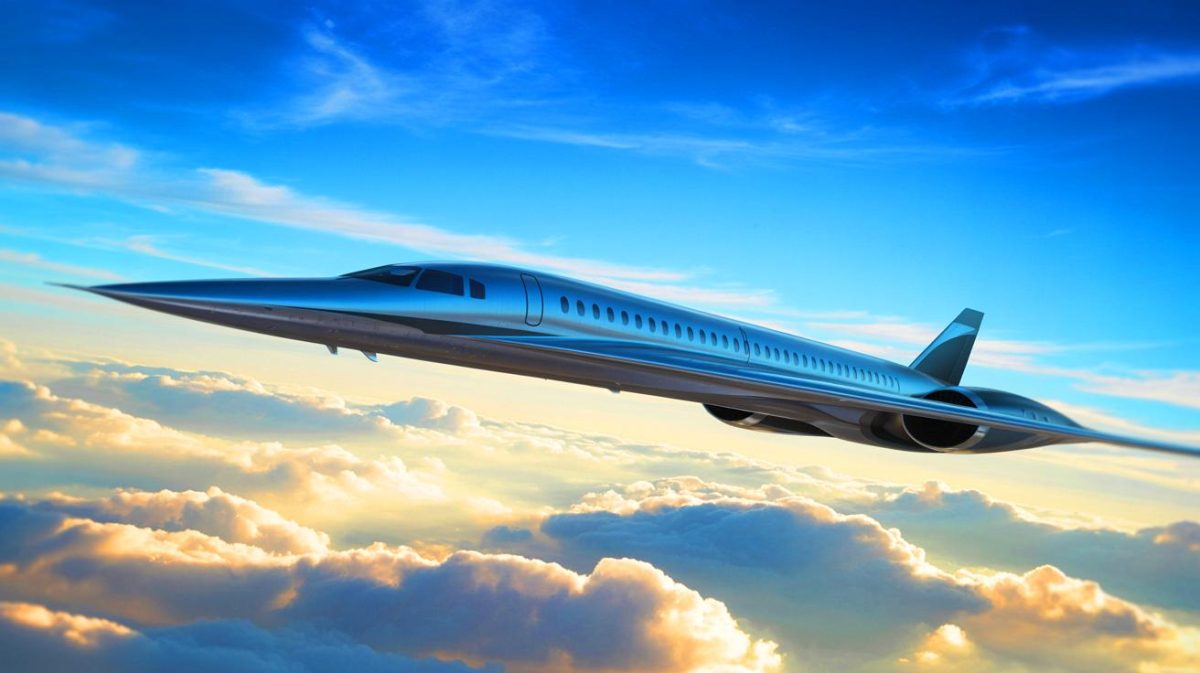| IN A NUTSHELL |
|
In a groundbreaking development, supersonic commercial travel is poised for a comeback in the United States. A new executive order has lifted a 52-year ban on overland commercial supersonic flights, promising to revolutionize the way we travel across the country. This decision, announced on June 6, marks a pivotal shift in aviation policy and sets the stage for a new era where coast-to-coast travel could be cut nearly in half. This article delves into the history, technology, and future implications of supersonic travel.
The History of Supersonic Flight
Supersonic flight has long been a dream of the aviation industry, with roots tracing back to the mid-20th century. Before the ban, the U.S., France, the United Kingdom, and the Soviet Union were at the forefront of developing commercial supersonic aircraft. However, these endeavors were halted due to the deafening noise produced by these aircraft, which resulted in widespread public concern and eventual regulatory action. The U.S. Federal Aviation Administration (FAA) banned overland supersonic flights in 1973, effectively stalling the progress of supersonic commercial aviation.
The Soviet Union’s Tu-144, for example, relied heavily on loud afterburners to achieve speeds exceeding Mach 1, contributing to the negative public perception of supersonic travel. Despite these challenges, the desire for faster travel endured, leading to continued research and development efforts.
Breakthroughs in Supersonic Technology
Today, innovative technologies are paving the way for the resurgence of supersonic flight. Companies like Boom Supersonic have developed “boomless cruise” technology, allowing aircraft to fly above 30,000 feet and reach Mach 1 without generating disruptive ground-level noise. This achievement, known as Mach cutoff, was demonstrated in a test flight in January 2025, where sonic booms were successfully dissipated before reaching the ground.
Additionally, the X-59 supersonic demonstrator jet, developed by Lockheed Martin in collaboration with NASA, features engines placed on top of the fuselage. This design helps limit shock waves and minimizes the noise impact on the ground. Such advancements represent significant strides towards the realization of commercial supersonic travel.
Regulatory Developments and Timelines
The new executive order establishes a clear timeline for the introduction of supersonic flights in the U.S. The directive mandates the repeal of prohibitions on supersonic flight by December 3, 2026, with noise certification standards to follow by December 6, 2026. The final implementation of these rules is expected by June 6, 2027. This aggressive timeline mirrors the pace of regulatory changes seen in other sectors, such as commercial drone usage, which went from government mandate to final implementation in just four years.
These regulatory developments reflect a growing recognition of the potential benefits of supersonic travel, including reduced travel times and enhanced connectivity. The introduction of noise-based certification rules aims to address previous concerns, ensuring that the reintroduction of supersonic flights is both feasible and sustainable.
The Future of Supersonic Travel
As we look towards the future, the reemergence of supersonic travel holds tremendous promise. The ability to travel from New York to Los Angeles in just 3.5 hours could transform the landscape of domestic travel, offering unparalleled convenience and efficiency. This shift could also have significant implications for business travel, tourism, and the broader U.S. economy.
However, challenges remain. The development and deployment of supersonic technology require substantial investment, and there are ongoing debates around environmental impacts and infrastructure needs. Despite these hurdles, the potential rewards are immense, offering a glimpse into a future where speed and efficiency redefine the way we connect.
As supersonic travel edges closer to becoming a reality, the world watches with anticipation. Will this technological leap usher in a new golden age of aviation, or will it face new challenges that must be overcome? The answers to these questions will shape the future of travel in ways we can only begin to imagine.
Did you like it? 4.5/5 (23)








Will these supersonic flights be affordable for the average traveler, or just for the elite?